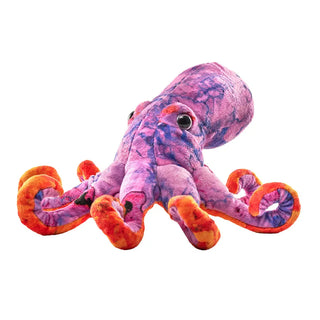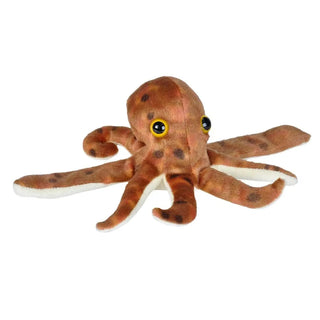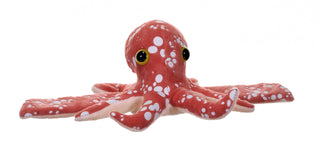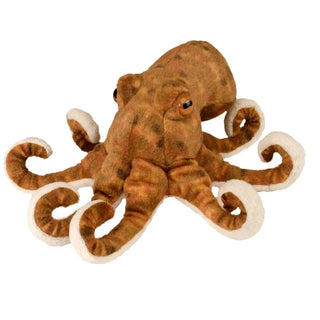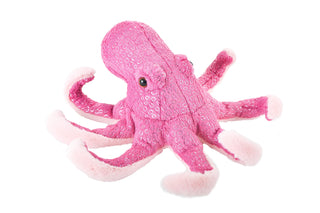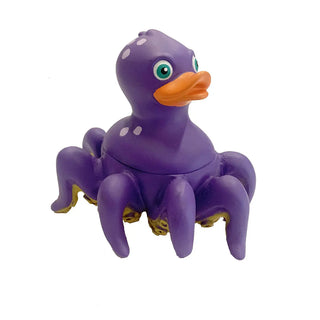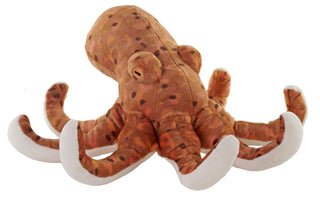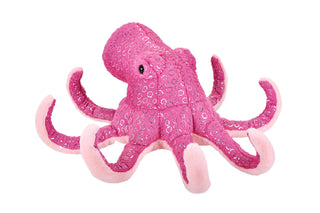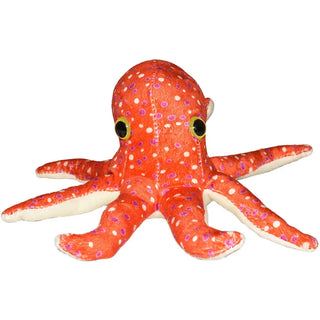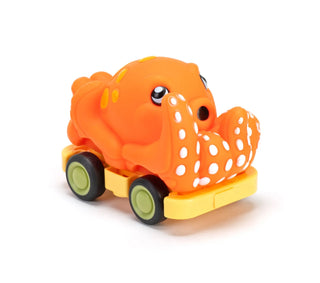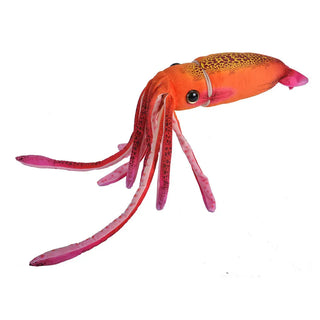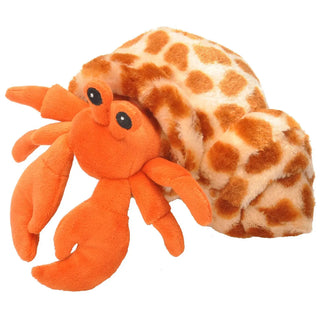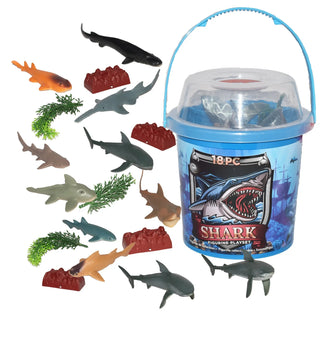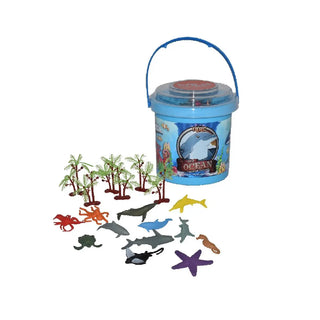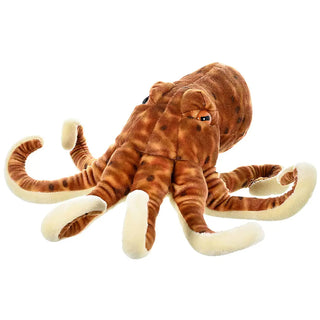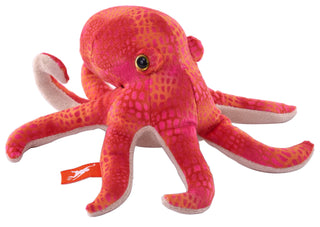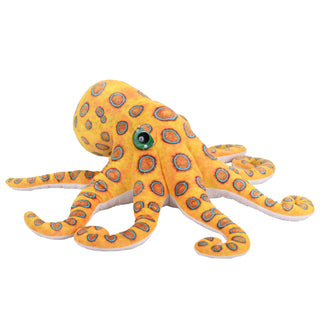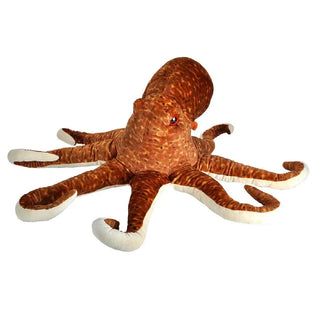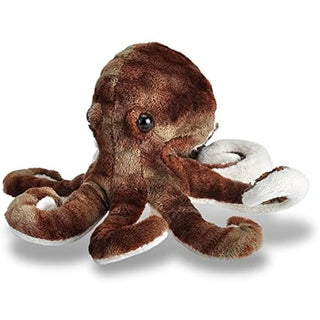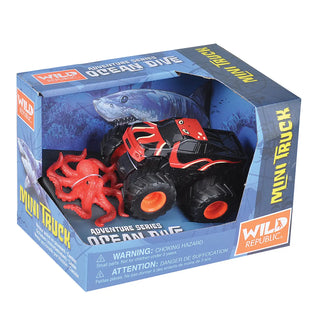Your Search For "octopus" Revealed The Following:
Filter
Active Filters
Mysteries of Atlantis Octopus
Regular price
$12.00
$14.99
Save 20%
- Unit price
- / per
INCLUDES:
- Age:0+
- Brand:Mysteries of Atlantis
- Gender:Boy
- Gender:Girl
- Size:8"
Regular price
$12.00
$14.99
Save 20%
- Unit price
- / per
Huggers Octopus Stuffed Animal - 8"
$10.99
- Unit price
- / per
INCLUDES:
- Age:10M+
- AnimalType:Octopus
- Brand:Huggers
- Easter
- Gender:Boy
- Gender:Girl
- Octopus
- Size:8"
$10.99
- Unit price
- / per
Huggers Glow In The Dark Octopus Stuffed Animal - 8"
$14.99
- Unit price
- / per
INCLUDES:
- Age:10M+
- Brand:Huggers Glow In The Dark
- Features:Glow In The Dark
- Gender:Boy
- Gender:Girl
- Size:8"
$14.99
- Unit price
- / per
Octopus Stuffed Animal - 8"
$12.99
- Unit price
- / per
INCLUDES:
- Age:0+
- AnimalType:Octopus
- Brand:Cuddlekins
- Gender:Boy
- Gender:Girl
- Octopus
- Size:8"
$12.99
- Unit price
- / per
Octopus Foilkins Jr
Regular price
$10.40
$12.99
Save 20%
- Unit price
- / per
INCLUDES:
- Age:3+
- Brand:Foilkins Jr
- Gender:Boy
- Gender:Girl
- Size:6"
Regular price
$10.40
$12.99
Save 20%
- Unit price
- / per
Rubber Duck Octopus
$8.99
- Unit price
- / per
INCLUDES:
- Age:0+
- AnimalType:Octopus
- Brand:Wild Republic Rubber Ducks
- Gender:Boy
- Gender:Girl
- Octopus
$8.99
- Unit price
- / per
Cuddlekins Eco Octopus Stuffed Animal - 12"
$24.99
- Unit price
- / per
INCLUDES:
- Age:0+
- Brand:Cuddlekins Eco
- Features:Eco
- Gender:Boy
- Gender:Girl
- Size:12"
$24.99
- Unit price
- / per
Octopus Stuffed Animal - Foilkins
$25.99
- Unit price
- / per
INCLUDES:
- Age:3+
- Brand:Foilkins
- Gender:Boy
- Gender:Girl
- Size:12"
$25.99
- Unit price
- / per
Octopus Stuffed Animal - 7"
$9.99
- Unit price
- / per
INCLUDES:
- Age:0+
- AnimalType:Octopus
- Brand:Hug'ems
- Easter
- Gender:Boy
- Gender:Girl
- Octopus
- Size:7"
$9.99
- Unit price
- / per
Wild Racers Octopus Action Toy - 4.5"
$8.99
- Unit price
- / per
INCLUDES:
- Age:18M+
- Brand:Wild Racers
- Gender:Boy
- Gender:Girl
- Size:4.5"
$8.99
- Unit price
- / per
Orange Squid Stuffed Animal - 12"
$25.99
- Unit price
- / per
INCLUDES:
- Age:0+
- AnimalType:Squid
- Brand:Wild Republic
- Gender:Boy
- Gender:Girl
- Size:12"
- Squid
$25.99
- Unit price
- / per
Hermit Crab Stuffed Animal - 7"
$9.99
- Unit price
- / per
INCLUDES:
- Age:0+
- AnimalType:Crab
- Brand:Hug'ems
- Crab
- Easter
- Gender:Boy
- Gender:Girl
- Size:7"
$9.99
- Unit price
- / per
Adventure Bucket Set- Shark
$25.99
- Unit price
- / per
INCLUDES:
- Age:3+
- AnimalType:Octopus
- Brand:Adventure Buckets
- Gender:Boy
- Gender:Girl
- Octopus
$25.99
- Unit price
- / per
Ocean Mini Bucket Set
$7.99
- Unit price
- / per
INCLUDES:
- Age:3+
- AnimalType:Octopus
- Brand:Adventure Buckets
- Features:Eco
- Gender:Boy
- Gender:Girl
- Octopus
$7.99
- Unit price
- / per
Shark Mini Bucket Set
$7.99
- Unit price
- / per
INCLUDES:
- Age:3+
- AnimalType:Octopus
- Brand:Adventure Buckets
- Features:Eco
- Gender:Boy
- Gender:Girl
- Octopus
$7.99
- Unit price
- / per
Octopus Stuffed Animal - 12"
$22.99
- Unit price
- / per
INCLUDES:
- Age:0+
- AnimalType:Octopus
- Brand:Cuddlekins
- Gender:Boy
- Gender:Girl
- Octopus
- Size:12"
$22.99
- Unit price
- / per
Pocketkins Eco Octopus Stuffed Animal - 5"
$8.99
- Unit price
- / per
INCLUDES:
- Age:0+
- Brand:Pocketkins Eco
- Features:Eco
- Gender:Boy
- Gender:Girl
- Size:5"
$8.99
- Unit price
- / per
Living Ocean Blue Ring Octopus Stuffed Animal - 22"
Regular price
$33.60
$41.99
Save 20%
- Unit price
- / per
INCLUDES:
- Age:0+
- Brand:Living Ocean
- Gender:Boy
- Gender:Girl
- Size:22"
Regular price
$33.60
$41.99
Save 20%
- Unit price
- / per
Octopus Stuffed Animal - 30"
$82.99
- Unit price
- / per
INCLUDES:
- Age:0+
- AnimalType:Octopus
- Brand:Cuddlekins
- Gender:Boy
- Gender:Girl
- Octopus
- Size:30"
$82.99
- Unit price
- / per
Octopus Stuffed Animal - 11"
$10.99
- Unit price
- / per
INCLUDES:
- Age:0+
- AnimalType:Octopus
- Brand:Sea Critters
- Gender:Boy
- Gender:Girl
- Octopus
- Size:11"
$10.99
- Unit price
- / per
Mini Truck and Octopus Adventure Set
$12.99
- Unit price
- / per
INCLUDES:
- Age:3+
- AnimalType:Octopus
- Brand:Wild Republic Adventure Set
- Gender:Boy
- Gender:Girl
- Octopus
$12.99
- Unit price
- / per
You're viewing 1-21 of 21 results

